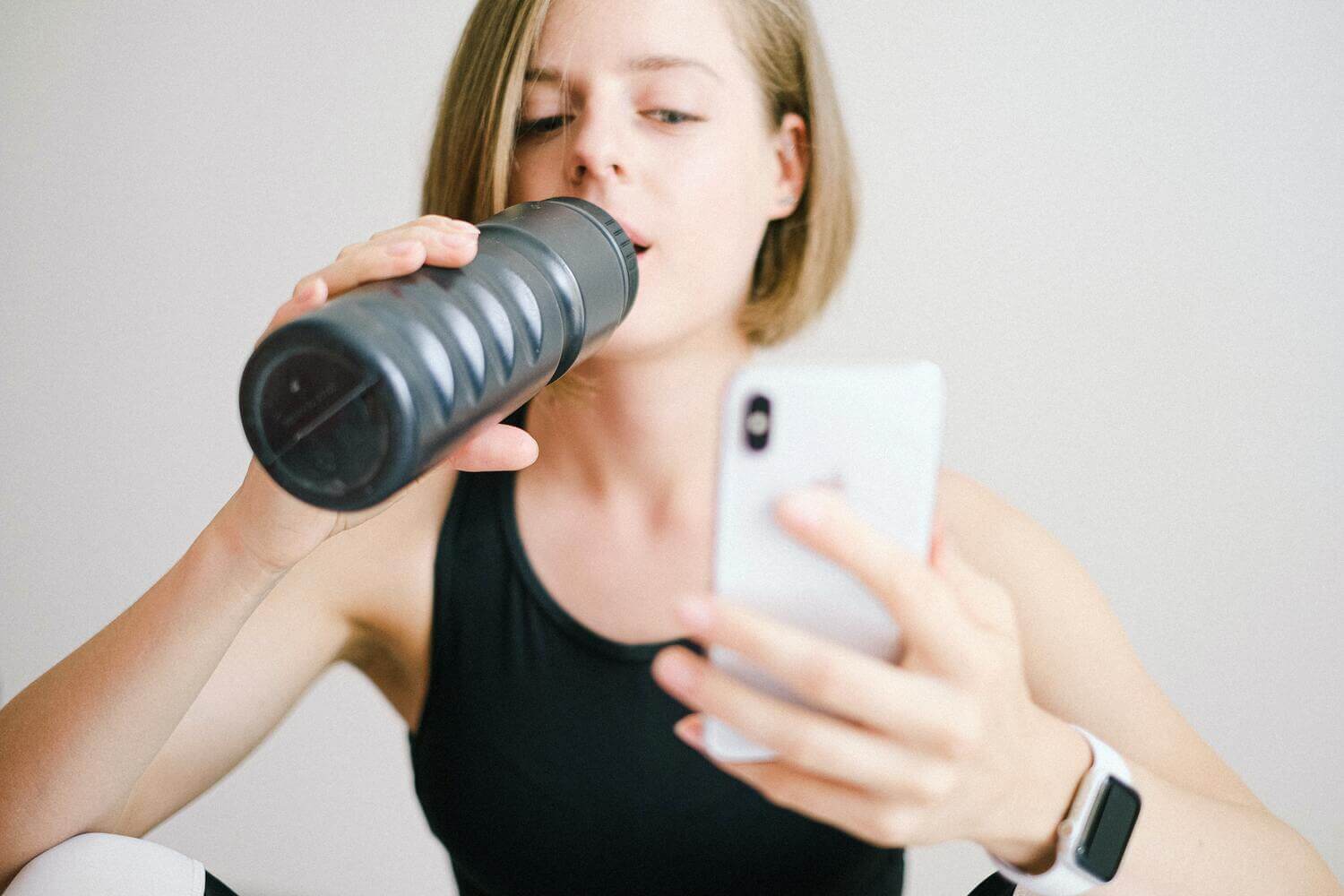If you're interested in monitoring your hydration levels, doing a dehydration urine test is a great way to do so. This test is simple and easy to do and can be used to track your hydration levels over time.
The density of urine and that of water are compared in a urine-specific gravity test. This simple test can tell you how effectively your kidneys dilute your pee. A high urine concentration might indicate that your kidneys aren't working correctly or that you're not drinking enough water. This test is one of the most effective (and quick) techniques to determine whether you're dehydrated.
In this article, we'll discuss how to do a dehydration urine test, as well as urine colors to pay attention and why we get dehydrated.
What does the color of your urine tell about hydration?
The color of your urine can be a great indicator to figure out if you are dehydrated or not; here are some examples:
Transparent
Drinking too much water is the most probable cause. You'll end up peeing too often and risk electrolyte depletion if you overhydrate. An adult's typical number of restroom visits varies from 4 to 10. Your pee is probably clean if you're urinating more often than this.
The majority of individuals will not find themselves in this predicament. It's important to remember that you may have too much of anything, even something as basic as water.
Yellow-Light
This is normal urine color. Your urine should have a bright yellow tint, similar to that of a glass of lemonade. That tint of yellow means you're hydrated, but not too so.
Yellow-Orange
Assume your pee is a shade darker than yellow. When someone's urine is this color, they usually feel OK and show no indications of dehydration. However, everyone is different, and some people's normal urine is this pale yellow.
Amber
If your pee becomes amber in color, you're dehydrated. At this stage, it isn't necessarily harmful, but if you don't drink water right away, you're in danger of developing more severe dehydration symptoms. It is a sign that there's less water available for mineral and chemical dilution, and as you pee, your urine becomes more concentrated and darker in color.
Brown
If the color of your urine is brown or dark orange, you're dehydrated and have an electrolyte imbalance. Dehydration to this degree may occur if you don't drink enough water on a daily basis.
Can dehydrated urine be clear?
A person's urine should be relatively clear if they are very hydrated. But if urine is so clear it is near-transparent, the person may have too much water and they’re overhydrated.

What color is your pee when you have a kidney infection?
Brown urine
Brown urine can be caused by:
- Food.
- Medications.
- Medical problems: some liver and kidney disorders and urinary tract infections can cause urine to turn dark brown.
- Extreme exercise: it can cause muscle damage, resulting in pink or cola-colored urine and kidney damage.
Cloudy urine
Cloudy urine may be caused by urinary tract infections and kidney stones. Dehydration, once again, might be the source of the problem. If the symptoms continue, drink lots of water and contact your doctor.
Foamy urine
This can happen simply because you're emptying your bladder and churning up toilet water a little more than normal with a powerful and vigorous stream. Foaming urine might also suggest an overabundance of protein in your diet or renal disease.
Pink to reddish
While urine can sometimes take on the color of certain meals you have, there's a chance there's a cause to be concerned about. Urine that is pink or reddish in color might indicate:
- You have blood in your pee.
- Kidney disease is a condition that affects many people.
- Kidney and bladder cancers are cancers that affect the kidneys and bladder.
- Stones in the kidneys.
- An infection of the urinary tract.
- Prostate issues.
- Poisoning with lead or mercury.

What increases your chances of getting dehydrated
You get dehydrated when you don’t have enough water in your system. Your body loses more fluids than it gains, which causes dehydration. You can be dehydrated in the following situations;
- Consuming lots of alcohol
- A diet with more fiber
- Diabetes and renal disease
- Sweltering and dry atmosphere
- Carbohydrate deficit, increased protein, salt, and sugar consumption (ketosis)
- Use of diuretics
- Exercise
- Breastfeeding or pregnancy
- Constipation, nausea
- Burns, surgery, or blood loss
Can a urine test detect dehydration?
Apart from monitoring your urine and keeping tabs on your liquid intake, you can buy an at-home urine test to know for sure. There are a lot of different brands out there you can choose from. Most tests will ask you to urinate on the strip or collect your urine in a cup and dip it in, then compare it to a color chart. This can be hard to interpret because there may not always be an exact match.
Is there an easy way to do the dehydration urine test? The answer is yes! Meet Vivoo! Vivoo is an at-home urine test and App that reads your results for you! Vivoo uses specific gravity to compare the density of urine with the density of water to tell if you are dehydrated or not. With the Vivoo App and test strip, you can not only check your water levels but also your ketone, magnesium, and calcium levels, among many others! Since artificial intelligence and image processing technology read your results, there is no room for human error!
Simply urinate on the strip and scan it to the app; you'll have your results in 90 seconds. Following your test, the Vivoo App will provide you with personalized nutritional and lifestyle advice to help you improve your scores and overall wellness!














